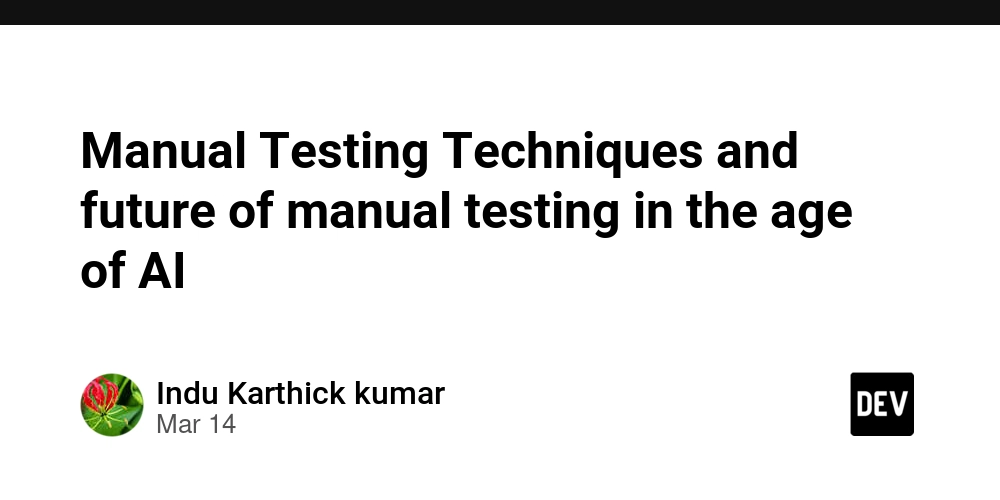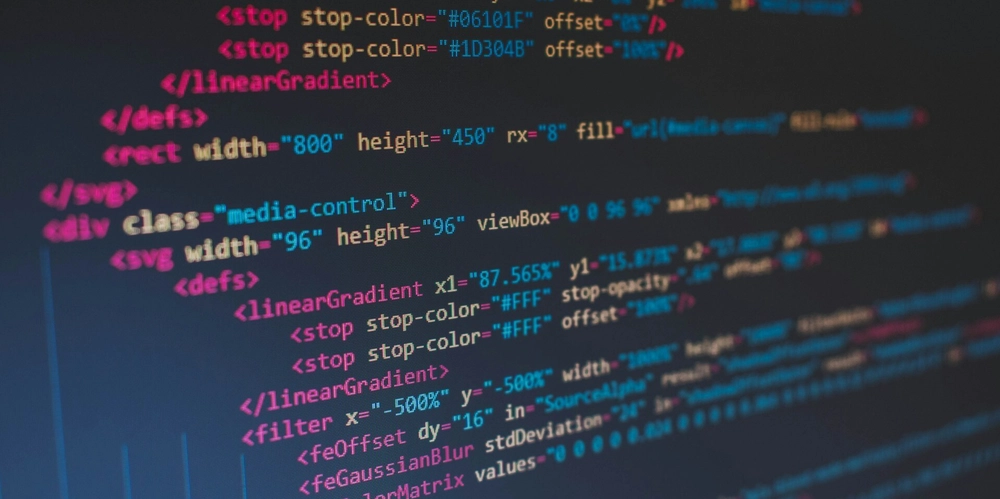Manual Testing Techniques and future of manual testing in the age of AI
Common Manual Testing Techniques: As a tester in Software development process, we need to make sure that the software product works as intended and meets high quality. In order to achieve this, we use various testing techniques like Boundary value analysis Equivalence partitioning Decision table testing State transition Testing Use case testing Error guessing, etc These techniques enable us to cover all possible test scenarios and identify as many defects as possible, ensuring the delivery of a high-quality application. Boundary value analysis (BVA): Input values near the boundaries are the place where the chances of defect occurrence are high. BVA focusses on testing the boundaries of the input range. For example, if a "Name" textbox accepts minimum 10 characters and maximum 20 characters, then in BVA values are: Boundary values for minimum input: 9, 10, 11 Boundary value for maximum input: 19, 20, 21. Decision Table Testing: This testing technique is used to test complex applications using combinations of inputs and the corresponding outputs. Example: Discount on clothes based on age and membership in the store/shop Condition1: Above 60? Condition 2: customer has membership in the shop? and Action 1: 20% discount Action 2: 10 % discount Action 3: No discount Age Membership 20% disc 10% disc No disc Above 60 Yes Yes No No Above 60 No No Yes No Below 60 Yes No Yes No Below 60 No No No Yes The Future of Manual Testing in the Age of AI: Artificial Intelligence(AI) cannot entirely replace the manual testing. Instead, it should be integrated with manual testing. AI must be trained by manual testers utilizing the application's testing history. This training enables AI to manage test scenarios independently, relying on historical data without requiring human intervention. Meanwhile, manual testing remains essential in areas that demand critical thinking, human intuition, and specialized knowledge.

Common Manual Testing Techniques:
As a tester in Software development process, we need to make sure that the software product works as intended and meets high quality. In order to achieve this, we use various testing techniques like
- Boundary value analysis
- Equivalence partitioning
- Decision table testing
- State transition Testing
- Use case testing
- Error guessing, etc These techniques enable us to cover all possible test scenarios and identify as many defects as possible, ensuring the delivery of a high-quality application.
Boundary value analysis (BVA): Input values near the boundaries are the place where the chances of defect occurrence are high. BVA focusses on testing the boundaries of the input range. For example,
if a "Name" textbox accepts minimum 10 characters and maximum 20 characters, then in BVA values are:
Boundary values for minimum input: 9, 10, 11
Boundary value for maximum input: 19, 20, 21.
Decision Table Testing: This testing technique is used to test complex applications using combinations of inputs and the corresponding outputs.
Example: Discount on clothes based on age and membership in the store/shop
Condition1: Above 60?
Condition 2: customer has membership in the shop?
and
Action 1: 20% discount
Action 2: 10 % discount
Action 3: No discount
Age Membership 20% disc 10% disc No disc
Above 60 Yes Yes No No
Above 60 No No Yes No
Below 60 Yes No Yes No
Below 60 No No No Yes
The Future of Manual Testing in the Age of AI:
Artificial Intelligence(AI) cannot entirely replace the manual testing. Instead, it should be integrated with manual testing. AI must be trained by manual testers utilizing the application's testing history. This training enables AI to manage test scenarios independently, relying on historical data without requiring human intervention. Meanwhile, manual testing remains essential in areas that demand critical thinking, human intuition, and specialized knowledge.











































































































































































![[The AI Show Episode 142]: ChatGPT’s New Image Generator, Studio Ghibli Craze and Backlash, Gemini 2.5, OpenAI Academy, 4o Updates, Vibe Marketing & xAI Acquires X](https://www.marketingaiinstitute.com/hubfs/ep%20142%20cover.png)




























































































































![[DEALS] The Premium Learn to Code Certification Bundle (97% off) & Other Deals Up To 98% Off – Offers End Soon!](https://www.javacodegeeks.com/wp-content/uploads/2012/12/jcg-logo.jpg)


![From drop-out to software architect with Jason Lengstorf [Podcast #167]](https://cdn.hashnode.com/res/hashnode/image/upload/v1743796461357/f3d19cd7-e6f5-4d7c-8bfc-eb974bc8da68.png?#)








































































































.png?#)

































_Christophe_Coat_Alamy.jpg?#)
 (1).webp?#)





































































































![Apple Considers Delaying Smart Home Hub Until 2026 [Gurman]](https://www.iclarified.com/images/news/96946/96946/96946-640.jpg)
![iPhone 17 Pro Won't Feature Two-Toned Back [Gurman]](https://www.iclarified.com/images/news/96944/96944/96944-640.jpg)
![Tariffs Threaten Apple's $999 iPhone Price Point in the U.S. [Gurman]](https://www.iclarified.com/images/news/96943/96943/96943-640.jpg)




































































































































